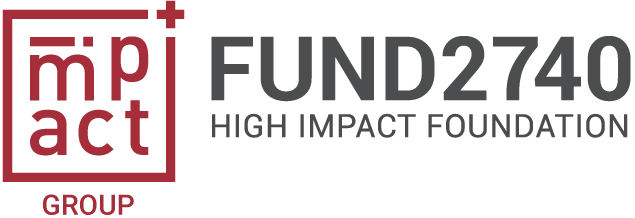

Impact Design Score is a self-assessment process where you freely select indicators for the impact maximisation of your society challenge solution (SCS). Nevertheless, indicators included in the simple impact design process are also defined as obligatory in the impact design scoring process.
Scoring is divided into 15 impact fields, with five impact groups and different impact indicators.
You can score each indicator with six different scores depending on the situation. When you answer with at least one star (*), you must define goals and activities for a specific period.

Once you finish and submit the impact field, you will see the results below within the “List of all submissions”. You can view and edit them. You will also get impact filed results on your email.
Then, you can process to the next or any other impact field you have yet to score. Impact fields already scored can be seen and edited from the “List of all submissions.”
The self-assessment process can take from 1 to several hours or days. You can also save your work and continue later.

AI TOOL DEVELOP HIGH-IMPACT SOLUTIONS
If you score indicators with at least one star (*), then defining goals and activities for a specific period is a part of scoring. Goals and activities are sometimes not easy to explain.
To ease your work, we prepared the AI tool DEVELOP HIGH-IMPACT SOLUTIONS, where, for all impact fields, you can ask and chat with the AI boot to get advice, gain knowledge, and learn about good examples. You can also get AI-generated library answers to pre-set questions. That will help you create goals and define your activities.
Impact Design Score
Selected impact fields within impact design are a part of the simple impact design and have obligatory indicators you need to score and work on:
Impact field 1.2 IMPACT OWNERSHIP – indicator 2. MANAGEMENT
Impact field 2.3 SOCIETY CHALLENGE – indicators 3-19 SDGs
Impact field 5.2. RESPONSIBILITY AND SUSTAINABILITY – indicators 2. ENERGY SAVINGS, 3. WATER AND MARINE RESOURCES, 4. LOW CARBON, 5. CHEMICAL MANAGEMENT, 6. POLLUTION AND WASTE
Impact field 11.3. UNDERSERVED – indicators 4. ADJUSTMENT
Impact field 12.5. IMPACT ECONOMY – indicators 13. FAIR TRADE, 14. ACTION
Impact field 13.1. IMPACT MANAGEMENT – indicator 1. INDICATORS
You must score obligatory indicators in selected impact fields and define goals and activities for a specified period.
The impact fields which are not obligatory can be skipped by selecting a 0 score (not interested). Of course, we also encourage you to score as many non-obligatory indicators as possible. If impact design scoring is too complex, please consider doing simple impact design scoring instead.


